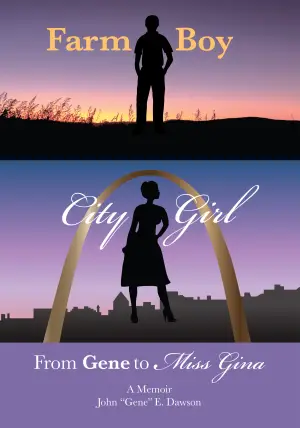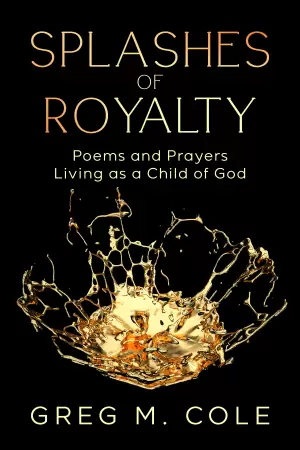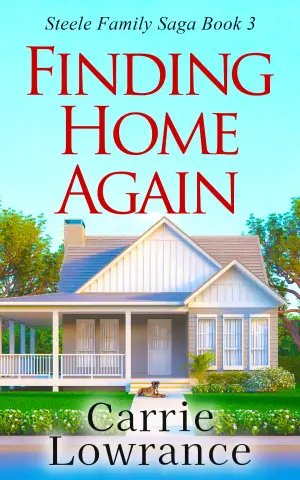Title: A Summer Pact that Left Me Wanting More: A Review of Emily Giffin’s Latest
There are times when the vibrant cover of a book, paired with its enticing premise, pulls you in like a siren’s call. Such was the case with The Summer Pact, Emily Giffin’s latest offering. Known for her adept storytelling, I expected a narrative filled with depth, friendship, and maybe a little romance. Unfortunately, my experience was more like a simmering summer day that promised refreshment but ultimately didn’t deliver.
From the outset, The Summer Pact introduces us to a scenario steeped in tragedy. A shocking suicide sets the tone, abruptly marking the story with a weighty reality. While an effort to address profound themes is commendable, the lack of resolution around Summer’s death felt unresolved and somewhat careless. As the narrative unfolds, we meet her three best friends—Hannah, Lainey, and Tyson—each providing their perspective as they embark on a transformative trip. It was clear to me that Hannah is positioned as the "main" character, but in truth, navigating the intricacies of Lainey and Tyson proved more complicated than enjoyable.
Lainey, in particular, became the character that tested my patience. Her quest to uncover her half-siblings brought with it a lot of potential, but her methods veered into frustrating territory. Her awkward confrontations, specifically with her estranged half-sister, felt more theatrical than realistic—there’s a fine line between dramatic resolution and over-the-top melodrama, and I felt we crossed it multiple times. Coupled with her struggle with personal demons like alcohol, her character left a sour note that overshadowed the story’s sunny backdrop.
Tyson, the sole male in the friend trio, offered a different kind of frustration. It appeared Giffin was attempting to explore diversity within her characters, but the execution often felt superficial and, at times, uncomfortable. His romantic entanglements seemed predictable and stereotypical, which diminished his individuality. Tyson’s chapters were riddled with forced inclusivity, reminiscent of a checklist rather than an honest portrayal, which detracted from his character development.
The plot twist involving Hannah and Olivia’s whirlwind romance came across as jarring, lacking the necessary groundwork to feel organic. Just months after Hannah experiences an emotional upheaval, she launches into a relationship with her best friend’s sister—a decision that struck me as implausible. It felt rushed and somewhat inconsiderate, overshadowing her character’s earlier complexities and reducing their friendship to an almost trite storyline.
Regarding the writing style, Giffin’s prose is undeniably accessible, which typically serves as a strength. Yet, the pacing felt uneven. The transitions between heavy themes and light humor didn’t flow as effortlessly as one might hope, leaving me disoriented rather than entertained.
Despite my criticisms, there are readers who might find solace in this book—perhaps those who appreciate light summer reads or fans of Giffin’s earlier works seeking closure with her storytelling style. However, I was left feeling disappointed. While I hoped for a vibrant tapestry of relationships and growth, I encountered more cliché than creativity.
As much as I wanted to bask in the summer warmth of Giffin’s words, I ultimately found myself shaded beneath the weight of unresolved plots and stereotyped characters. This first encounter with her writing may lead me to pause before picking up another of her novels, but perhaps others will embrace the tale’s imperfections and find magic where I did not.















